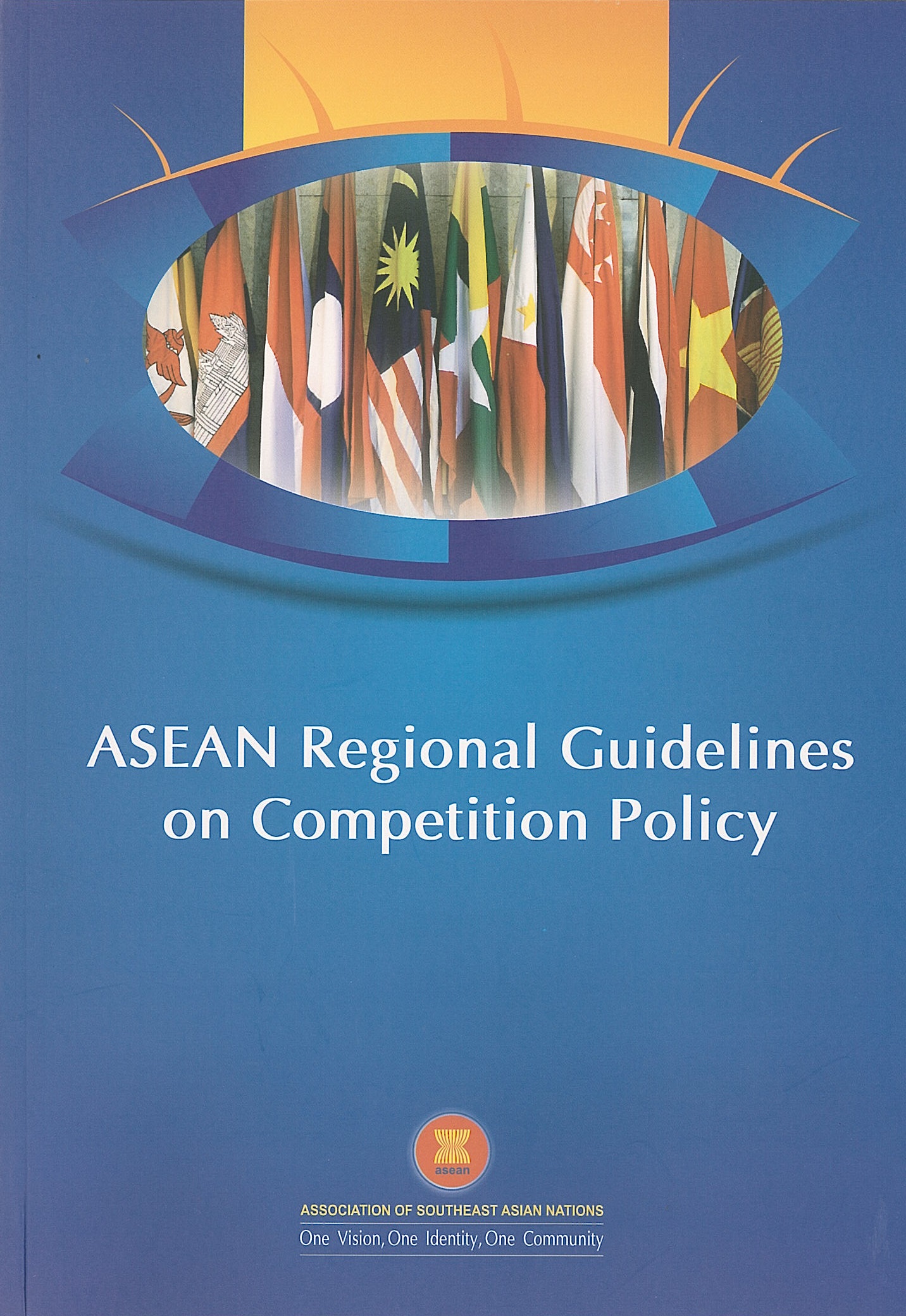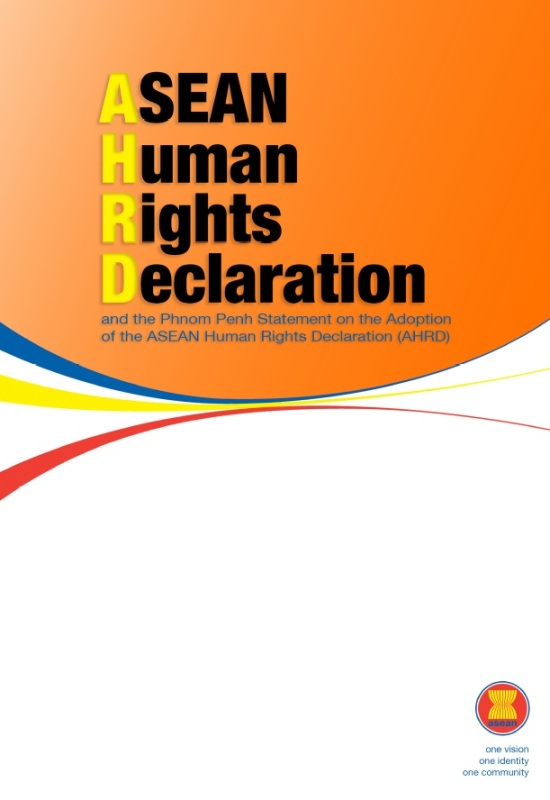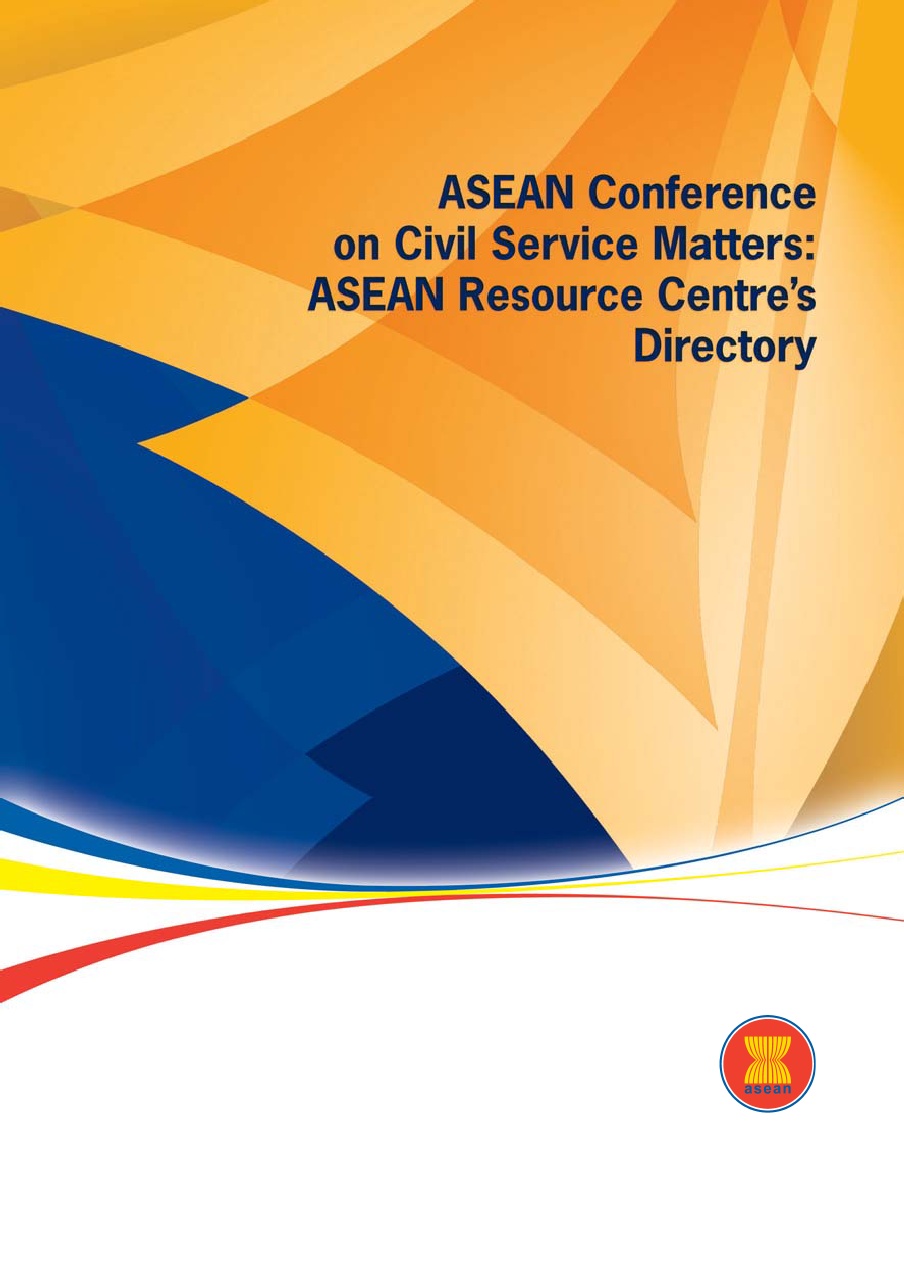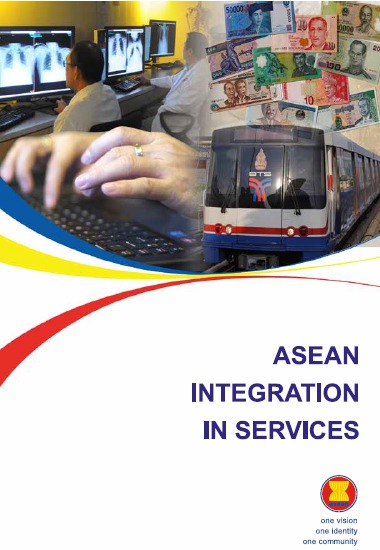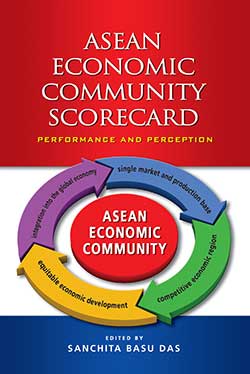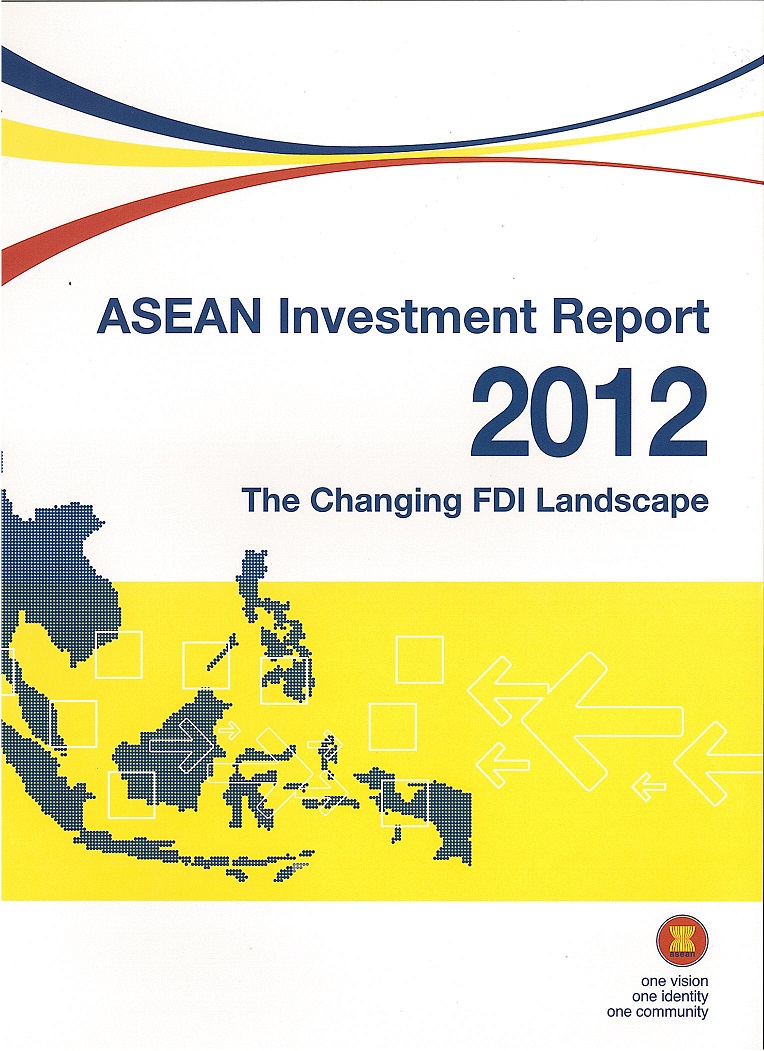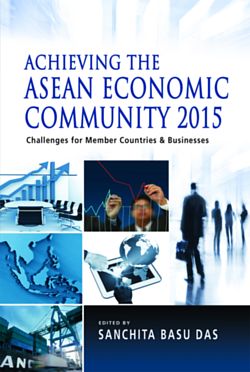 | Subtitle : the greater Mekong subregion and Malacca Straits economic corridors
Abstract :
Since the 1990s, regional organizations of the United Nations and international financial institutions have adopted a new dynamic of transnational integration, within the framework of the regionalization process of globalization. In place of the growth triangles of the 1970s, a strategy based on transnational economic corridors has changed the scale of regionalization.�
Thanks to the initiative of the Asian Development Bank, Southeast Asia provides two of the most advanced examples of such a process in East Asia with, on the one hand, the Greater Mekong Subregion, structured by continental corridors, and on the other, the Malacca Straits, combining maritime and land corridors. This book compares, after two decades, the effects of these developing networks on transnational integration in both subregions.�
After presenting the general issue of economic corridors, the work deals with the characteristics and structures peculiar to these two regions, followed by a study of national strategies mobilizing actors at different levels of state organization. There follows a study of the emergence of new urban nodes on corridors at land and sea borders, and the impact of these corridors on the local societies. This approach makes it possible to compare the effects of transnational integration processes on the spatial and urban organization of the two subregions and on the increasing diversity of the stakeholders involved.
Registration No : B1629
Author :
Nathalie Fau, Sirivanh Khonthapane, and Christian Taillard (eds.)
Edition :
Impresum : Singapore: ISEAS, 2014
Description :
Language : English
ISBN 978-981-4517-89-8
Classification:
1. 200 - ECONOMIC COMMUNITY / 280.1 - ASEAN INTEGRATION MONITORING OFFICE - Macroeconomics, Finance and Economic Integration
Keyword :
1
Availability :
Hard copies 1 of 1
◀ Return to Category Page |


